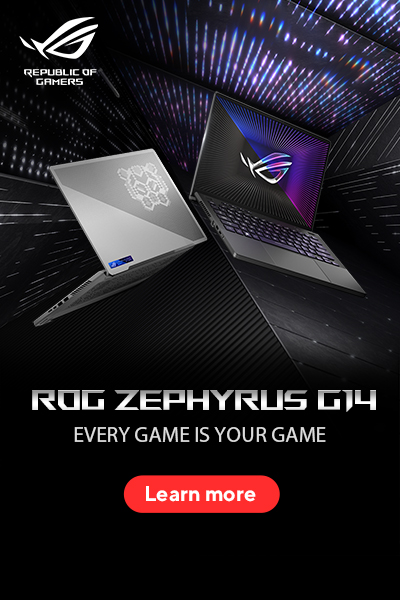MotoCzysz is a Portland based design firm that is best known for its winning electric motorcycles. MotoCzysz wins races with inspired design, performance, technology, and innovation. Driving this innovation is the MotoCzysz engineering group, which relies on using the best technology from partners such as NVIDIA, SolidWorks, Bunkspeed, Boxx, and others.
The company was founded in 2003 and is led by visionary Michael Czysz who brings his passion for speed into everything they do. In 2006 the company made a bold transition from petrol-powered motorcycles to the electric racing frontier. MotoCzysz is unique to the industry as its in-house team both designs and fabricates a majority of the components used in their motorcycles and D1G1TAL DR1VE™ products. These innovative designs have caught the attention of major vehicle manufacturers, including Segway, who recently hired the firm to modernize the look and performance of their iconic personal transporter. Since 2009, the firm has also earned great success competing in electric motorcycle races across the globe. This year, MotoCzysz hopes to create an aerodynamic bike capable of setting a new land speed record.

CHALLENGE
MotoCzysz engineers are always refining their designs in order to create the most powerful and light-weight components possible. However, their single-GPU workstations relied on an older generation NVIDIA Quadro card, which meant engineers couldn’t take the time to render designs at full quality. With a team of just six full-time employees and a limited budget, MotoCzysz had to balance design decisions with cost concerns, all under a very tight schedule.
For example, MotoCzysz engineers developed a new fairing design—only to discover after they actually produced the part that it included surface imperfections that had to be fixed using body fillers. Had they been able to complete a more detailed render during the design process, the engineering team would have caught the imperfections and subsequently altered their design before the part went into production, thereby saving money, time, and most importantly weight on the vehicle.
What the MotoCzysz team needed to stay competitive was a better tool for going to production directly from digital designs. However, they also needed a budget-friendly solution that wouldn’t deplete existing computing resources. MotoCzysz relies on SolidWorks for roughly 90% of their project work, and was investigating other rendering and analysis tools. The team found their solution with NVIDIA® Maximus™ workstation technology and Bunkspeed rendering tools.
SOLUTION:
Since early 2011, MotoCzysz has relied on 3DBOXX 3960 XTREME workstations from BOXX Technologies. However, as MotoCzysz began to take on more complex surfacing projects, a workstation with greater GPU capabilities was required. Utilizing a dual-GPU configuration of a Quadro K5000 and a Tesla K20, and built on NVIDIA’s fastest-ever Kepler GPU architecture, a Maximus based system, the 3DBOXX 4920 XTREME provided immediate performance benefits for MotoCzysz Senior Engineer Nick Schoeps and his team. In fact, the upgrade resulted in a huge boost in productivity when designing in SolidWorks 2013, an application optimized to run on the Quadro K5000.
“The reason why NVIDIA Maximus makes sense for us is because we can create fully rendered images of a bike before we actually build it,” explained Schoeps. “A major manufacturer might make several passes, create a physical clay model, and then make further refinements to the design. With our small staff and budget we need to do it all in one pass. Previously, in order to make the render manageable, we’d have to turn off many graphics features and simplify our models. We would make an educated guess and hope for the best. With Maximus we can utilize all the graphics features and create physically accurate renders to see exactly how the bike will look, every detail, and tweak things as needed while still in that rendering phase – that’s a huge advantage and something we hadn’t been able to do before.”
With their previous workstation setup, MotoCzysz engineers were manipulating models at a lower frame rate and with simplified versions of their designs. Now, when running SolidWorks’ Real View Graphics, they are able to look at curvatures of the surface of their designs with no lag. This level of detail has enabled clients and project supervisors to make design decisions earlier in the process, saving time and money for the team.
Maximus has also earned rave reviews for Bunkspeed Pro, which leverages the NVIDIA iray rendering technology – allowing engineers a photo-realistic facsimile of what their designs would look like if they were physically built.
“Raytracing in Bunkspeed Pro is surprisingly fast on Maximus. We’re able to quickly visualize parts and examine the surface quality of our designs,” continued Schoeps. “One of the greatest benefits of Maximus is being able to run Bunkspeed raytracing in the background, while continuing designs in SolidWorks.”

IMPACT
The Maximus technology in the BOXX Workstation improved and refined MotoCzysz’s workflow in several important ways. The new benefits in design and rendering have allowed MotoCzysz engineers to look at their designs from a totally new perspective, incorporating both faster development and a higher quality product.
“Maximus lets us do our job properly,” said Schoeps. “Before we’d render as best we could, produce a part, and then occasionally have to go back and start all over again. Now we can render at a much higher level, so prototyping is much more informed. We catch imperfections far before we anything reaches production. It forces us to look at our designs differently – and more effectively.”
While a relatively new tool for MotoCzysz, the Maximus Workstation has helped accelerate adoption of Bunkspeed Pro.
“Bunkspeed’s performance on the Maximus system has been outstanding,” said Schoeps. “I can rotate the model and it updates the design in real time, so I can see how the different design features are interacting and how light is reflecting from different angles, all in a high frame rate.”
Schoeps concluded, “The bottom line for us was the cost of Maximus versus the cost of hiring another engineer to shoulder some of the render and design time. It’s a no-brainer. Having real time feedback and knowing that your design is correct on the very first pass – that gives us about a 20-30% increase just in time saved alone. The speed and the quality of what we can do is outstanding – I think Maximus will certainly be a factor in helping us reach our land speed goal. Maximus can definitely add value to any design firm that works with complex models.
Links:
www.nvidia.com/object/workstation_wtb_partners.html








0 Comments